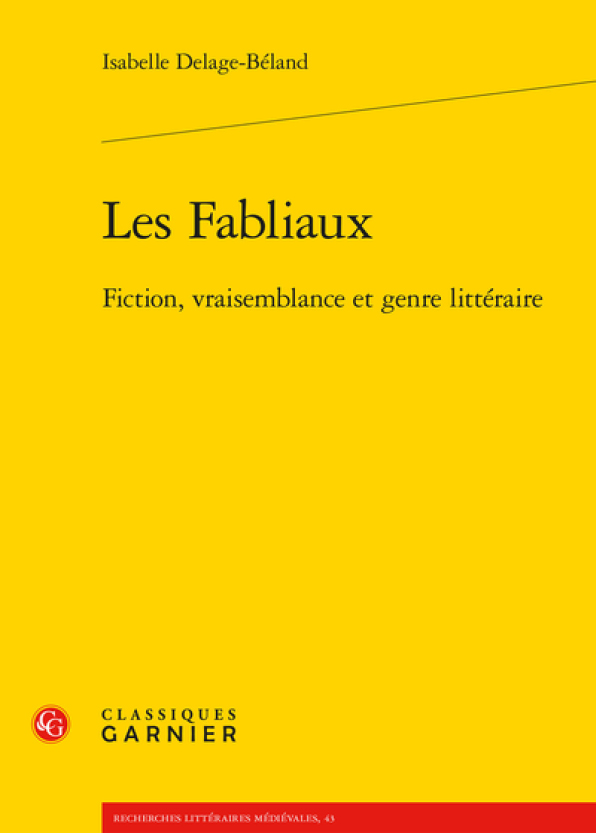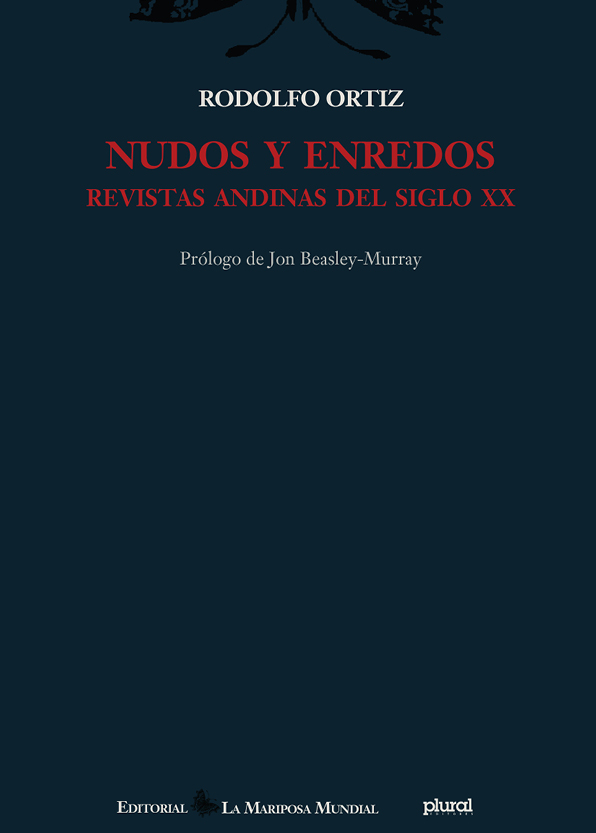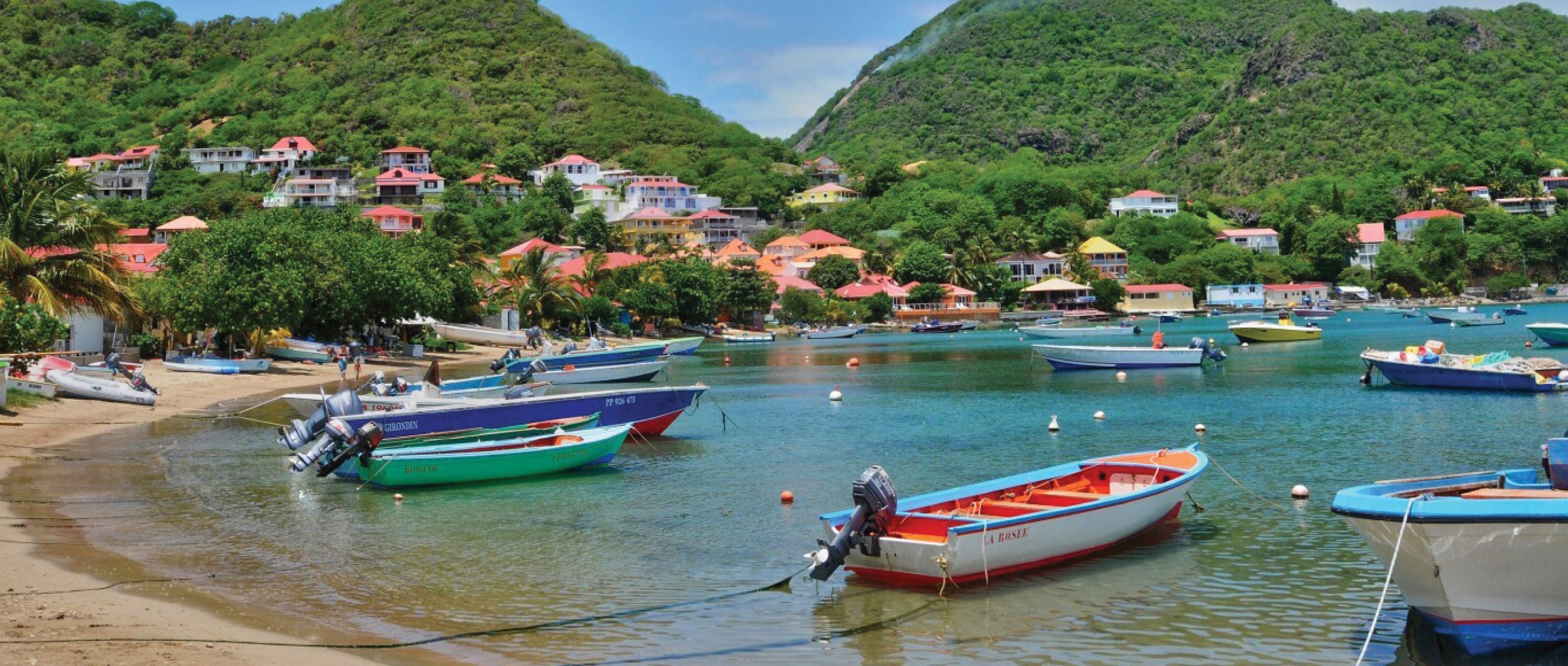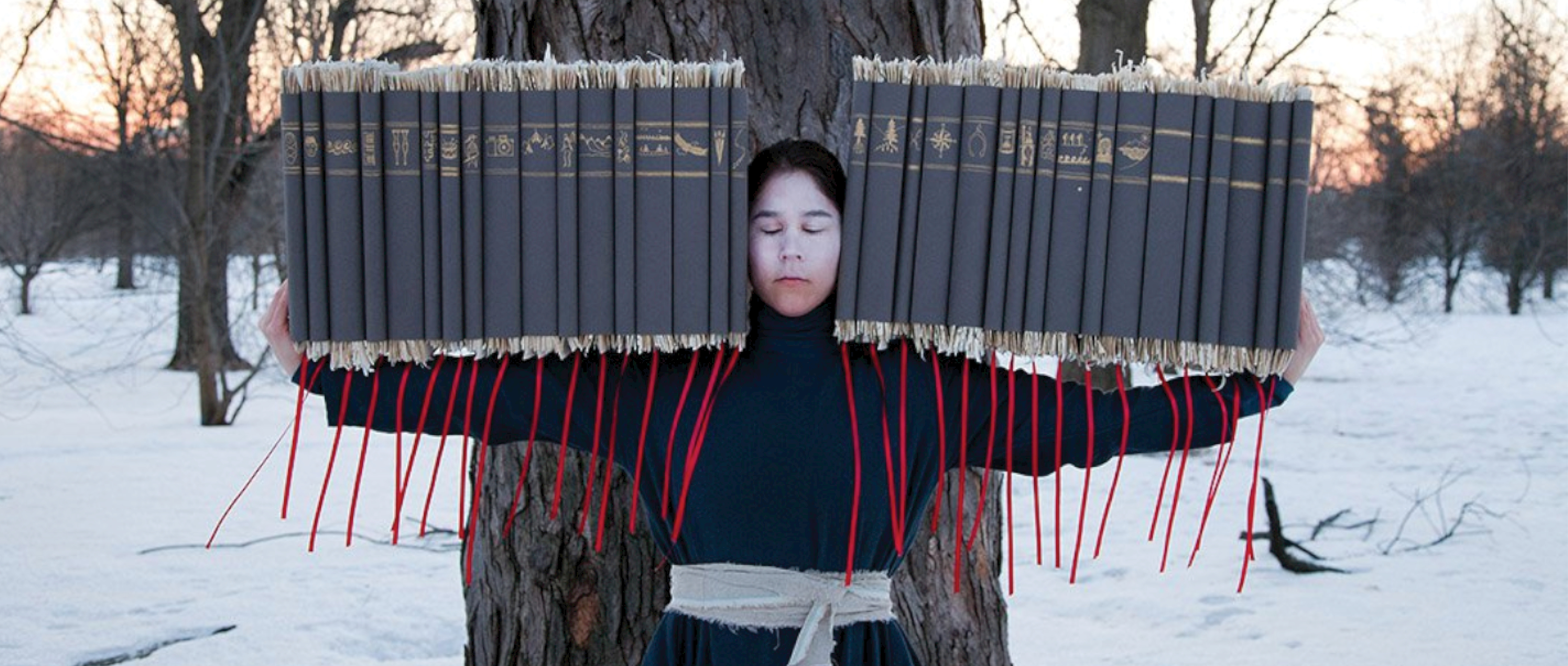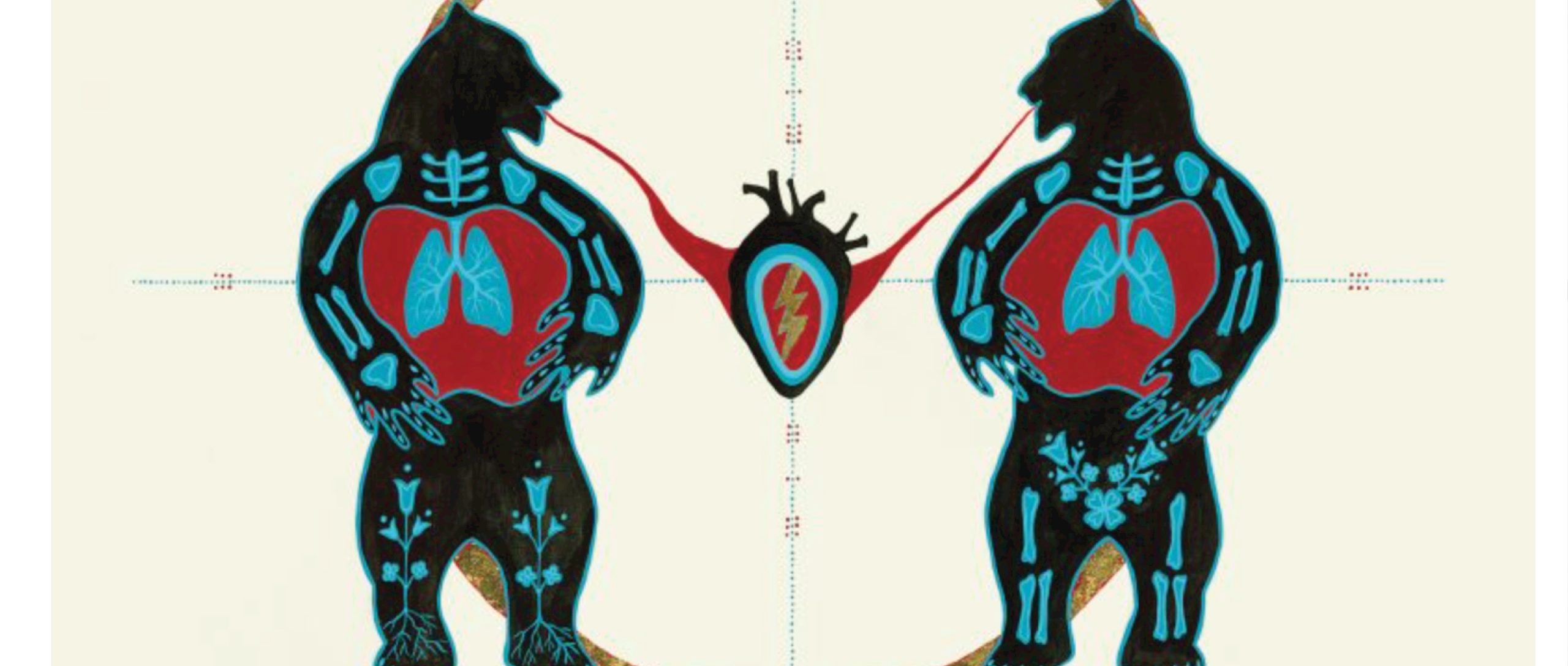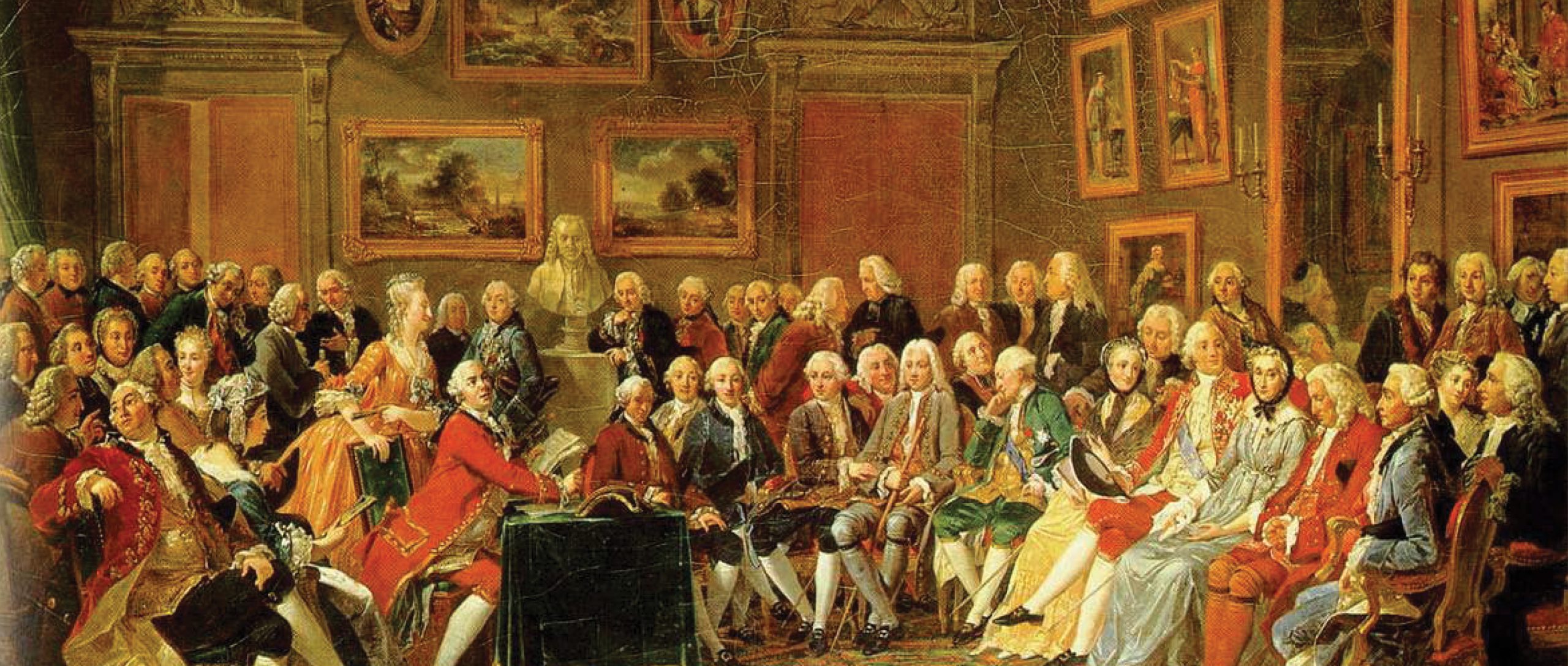Think Like a Forest: A Dialogue Between Premodern Worldviews, Environmental Humanities, and Indigenous Knowledges
Guillaume de Machaut: Poetical Works 1350-55 Manuscript (Ms. français 1586), 300 x 210 mm (folio size) Bibliothèque Nationale, Paris (https://www.wga.hu/html_m/zgothic/miniatur/1351-400/1french/french15.html)
How do we think? Are we aware of the kind of thinking we entertain? What kind of world do our individual and collective, conscious or unconscious thought-processes generate? Do we even have a choice in the orientation of our thinking patterns, and if we do, does it matter to know we can choose how to think?
Recent scientific research on plants and forests has shown that plants are dynamic, ever-evolving creatures that know how simultaneously to respond to their own inner pattern while remaining adaptive to the environment; beings that know how to grow in resilience and flexibility by developing a vast web of relations, both visible and invisible. In becoming who they are, plants also generate and foster complex ecosystems around them: they support communities of deeply interconnected yet also wildly diverse living species, including our own. In other words: plants have developed the ability to foster life, by giving to their environment more than what they take from it for their sustenance. Without plants and their way of being, we humans would simply not exist.
At the same time, anthropology has taken a new turn since accepting the hypothesis that our way of relating to the “other-than-“, or “more-than-”, human ways of being can change dramatically if we relinquish the claim that thinking is a function uniquely pertaining to the human brain. How do we re-attune ourselves to a thinking-living planet, and possibly to a thinking-living cosmos?
Somewhat like an old-growth forest, pre-modern Europe produced a vast corpus of texts and images that mirror and teach an organic way of thinking and of becoming. In this course we will deepen our understanding of these expressions of ecologically-oriented, transformative worldviews. Our approach will be complemented and supported by select readings in contemporary environmental humanities, and in (mostly) North-American Indigenous perspectives on education as path to wholeness.
We will discuss:
- The Romance of the Rose (excerpts); Tristan and Isolde; The Grail Legend (excerpts);
- Lady Philosophy and/as Mother Nature embodying feminine wisdom from Antiquity to the
Middle Ages;
- St Francis, Hildegard of Bingen, Dante Alighieri;
- Botticelli’s mythological paintings; Leonardo da Vinci’s Mona Lisa and other paintings;
Montaigne’s education of the mind through rootedness in the body and the heart.
Language of instruction: English
Prerequisites: No prerequisites. Recommendation: Second-year standing or higher.
Expand all
|
Collapse all
30% 3 Reading Responses (10% each)
25% 1 Mini-essay
35% 1 Final Exam Paper
10% Participation + Discussion
100% Total
Each week there will be multiple readings, combining excerpts from Medieval texts and articles or excerpts from current critical literature. Given the large number of resources available on the Internet and through the UBC library, most texts will be accessible in electronic format via Canvas, with the exception of:
The Romance of Tristan and Iseult, retold by J. Bédier, tr. H. Belloc. Dover Publications.
ISBN 0486440192
We will be reading articles, web postings and excerpts from numerous books, all accessible at a later date via Canvas.
